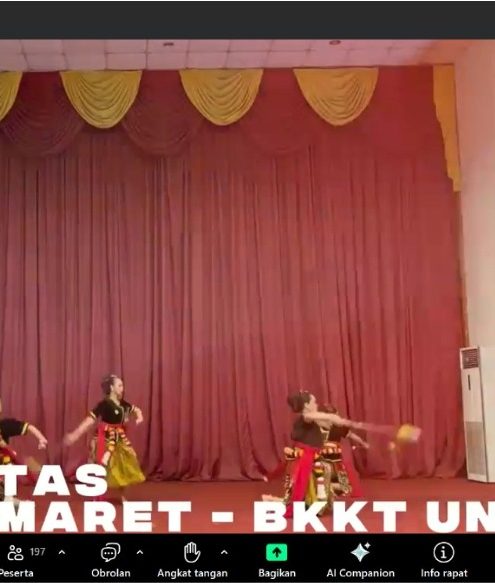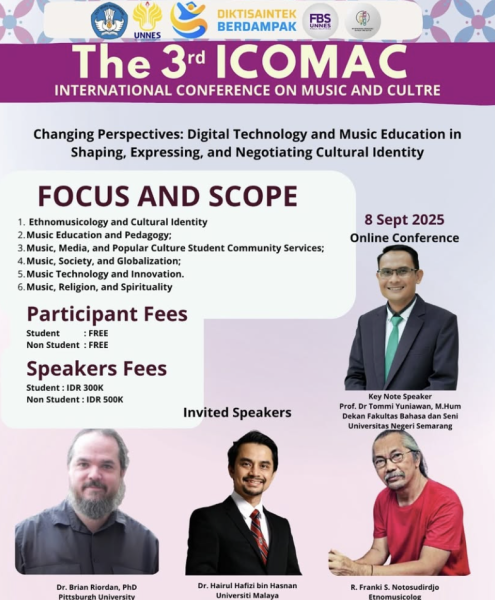Ahmad Yulianto, Anastasia Pudjitriherwanti, Chevy Kusumah, Dies Oktavia
Abstract
The increasing use of computer-based mode in language testing raises concern over its similarities with and differences from paper-based format. The present study aimed to delineate discrepancies between TOEFL PBT and CBT. For that objective, a quantitative method was employed to probe into scores equivalence, the performance of male-female participants, the relationship between completion time and test score, and test mode’s effects on participants’ performance. Totally, 124 undergraduates partook in the current research whose ages ranged from 19 – 21 years (M = 20, SD = .66). To analyze the data, MANOVA, Pearson correlation, and regression tests were run. The findings uncovered that: (1) PBT and CBT were equivalent in scores; (2) male and female’s scores were not significantly different; (3) there was a moderately negative correlation between completion time and score; (4) computer familiarity, habit in using computers, and perception toward CBT did not affect performance in TOEFL. For researchers, the implication of this study concerns the interchangeability of the two-test modes. For CBT test designers, it concerns the appropriate inclusion of visuals, time related measurement, and procedures to design computer-based tests.
Links:













